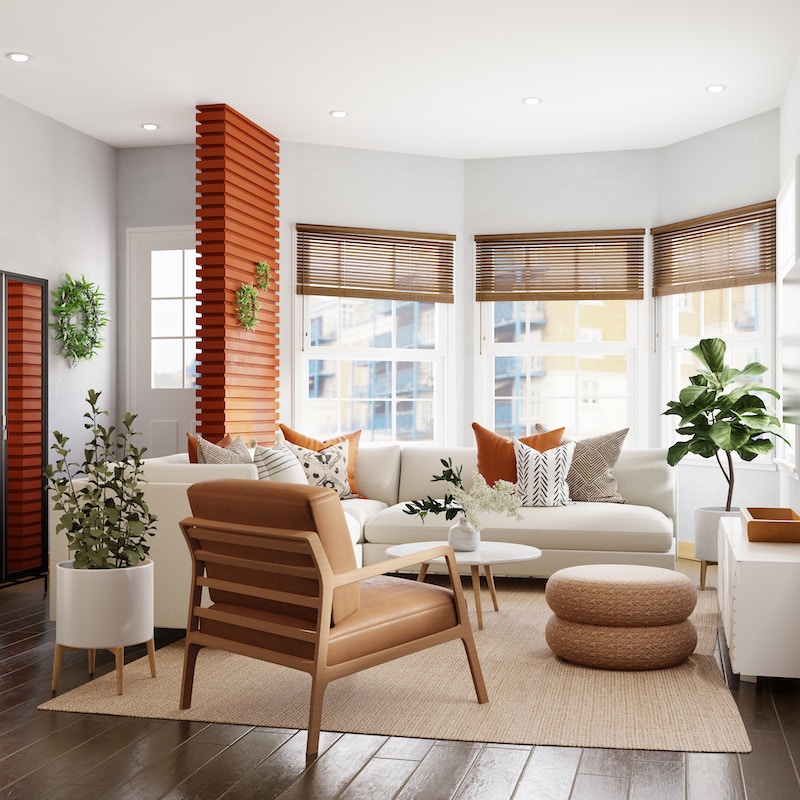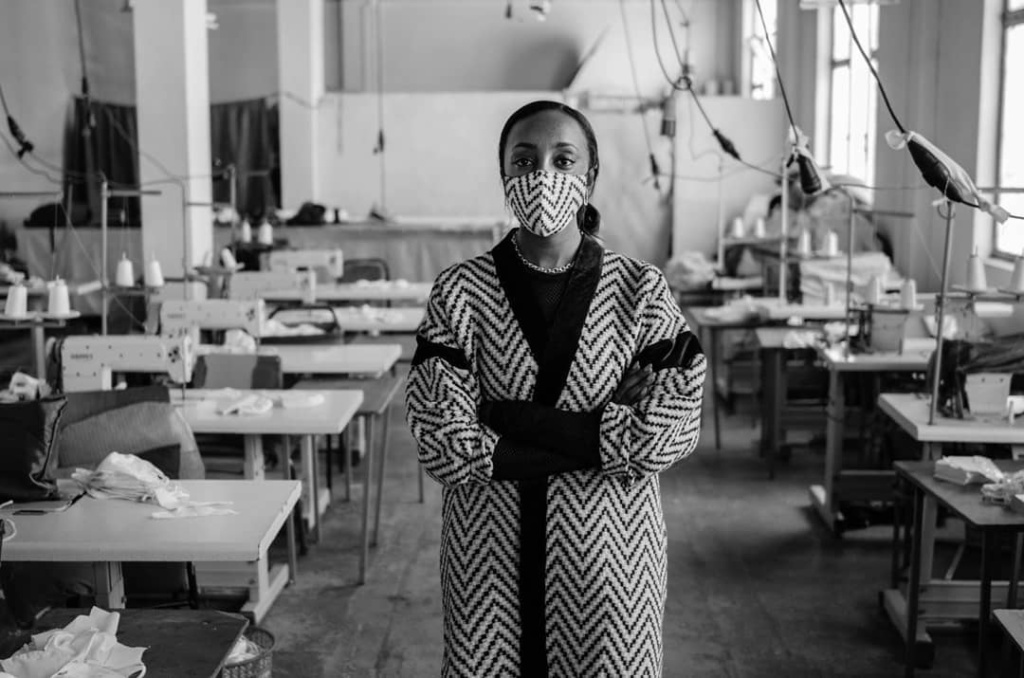Interior Design versus Decorators
When we hear the term interior design, we think of room make-over shows, or even do it yourself (DIY) projects on Pinterest. This is actually the role of interior decorators. While decorating is important to creating functional and aesthetical spaces, the work of an interior designer differs from an interior decorator in critical ways. So, what is the difference?
‘Interior design is the art and science of understanding people’s behaviour to create functional spaces within a building, while interior decorating is the furnishing or adorning of a space with decorative elements to achieve a certain aesthetic.’ (RMCAD)
What do interior designers do?
Interior design is a complex role that generally requires a higher level of education and in some countries, it requires an interior design certificate to show formal educational and training. Interior design, also known as interior architecture, follows a systematic and coordinated methodology that includes research, data collection and surveillance, analysis of knowledge, and creative processes. All of which are required to fully understand the needs and resources of the clients.
Even though interior design is already a specialization in the field of architecture, it can be further broken down in areas of specialty; residential, corporate, hospitality, healthcare and education. Based on the area of expertise the interior designer is responsible for applying technical solutions that improve functionality, attractiveness, and improve the quality of life and culture for the end user. It is their responsibility to respond to the physical location, social context and building shell and core of each project.
For example, design elements within a healthcare facility can affect the recovery of surgery patients using daylight, specific materials, and room placements relative to the environment’s context. Similarly, the interior spaces of educational structures can impact student learning, as well as the built environment of offices can impact work efficiency. Thus interior design can truly impact the lives of people that are inhabiting the spaces, whether used during the day or overnight.
In addition to formal education and training interior designers must also adhere to code and regulatory requirements that protect the people using the built space. Designers must also follow the principles of environmental sustainability during the creative, material selection and construction phase of their projects.
Nujima Ibrahim
inujuma@gmail.com



